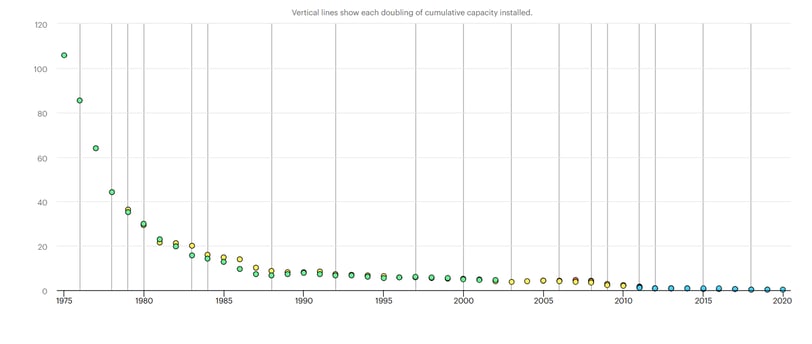Can solar photovoltaic (PV) systems installed on rooftops meet India’s energy requirements?
We performed a back-of-the-envelope calculation to estimate whether PV panels installed on rooftops across India could harness as much electricity as is required to meet the country's total current energy needs.
Hardip Grewal
5/8/20241 min read


We performed a back-of-the-envelope calculation to estimate whether PV panels installed on rooftops across India could harness as much electricity as is required to meet the country's total current energy needs.
I played safe, very safe. I assumed the rooftop area to be only 30% of the country's built-up area, PV panels are installed on only 40% of this rooftop area and the remaining 60% is reserved for other activities, one square meter of installed PV panel provides only 200 watts of output, the PV systems tap into solar energy for only five hours a day and not more than 300 days a year, etc.
The pleasant surprise is that the total solar energy that can be harnessed through such a countrywide installation of rooftop PV systems overshoots the current demand by more than 14%!
Over the past 50 years, the prices of PV modules have dramatically fallen by around 99%, with costs dropping from approximately $100 per watt in the 1970s to as low as $0.20 to $0.30 per watt today. Almost in sync, during the past decade, the cost (for storing each ampere-hour of charge) of batteries has fallen by more than 90%.
The International Energy Agency (IEA) says “For projects with low-cost financing that tap high-quality resources, solar PV is now the cheapest source of electricity in history.”
My cheerful message therefore is "A better world is possible." Let's see how we can get governments to act; we cannot afford to let the debacle of COP29 weigh us down.
